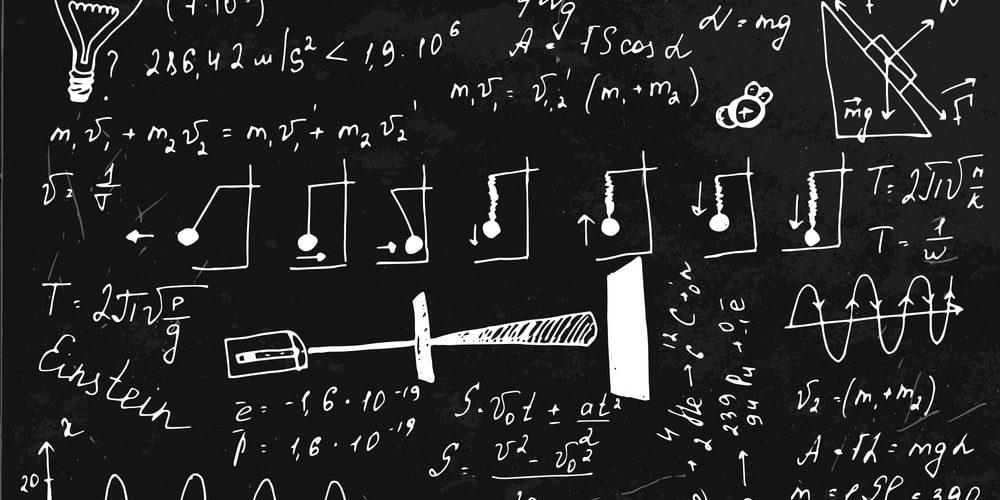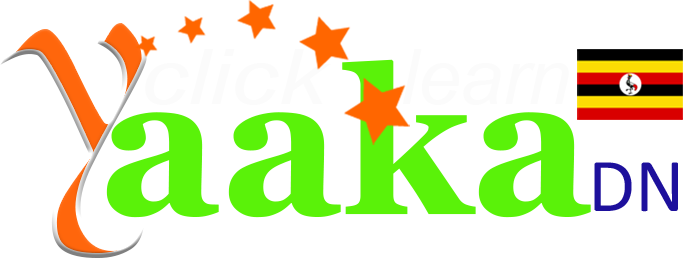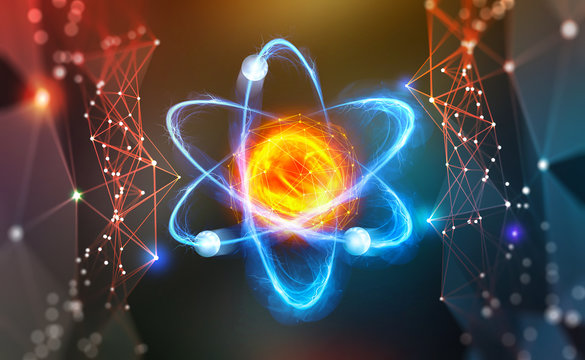30
Physics lies at the heart of the natural sciences. Almost any scientific problem can be approached using the ideas and …
Physics lies at the heart of the natural sciences. Almost any scientific problem can be approached using the ideas and methods of Physics.
Physics explains how the world works and helps us understand why things in the natural world happen the way they do. It prepares learners to pursue science-related disciplines in higher education that prepare a person for the challenges of the 21st century. This course is part of the new school curriculum in Uganda. It explains what is taught in schools, how it is taught and how long it should take.

You will be a unique person when you leave school. You will acquire knowledge and understanding as you develop skills, values and attitudes. These skills include; the ability to think for yourself, communicate and explain what you have learnt, be creative, and be able to think critically, that is, develop your own ideas. You will find out information, ideas and skills for yourself rather than relying on the teacher or textbook. This course has a variety of activities, as well as information for you.
The activities present you with the opportunity to learn and find out things. You already have a lot of knowledge and ideas based on your own experiences in life and within your own community. Some of the activities require you to think about the knowledge, skills and ideas you already have. It is essential that you do all the activities, to help you become a successful person in future. You can also learn a lot from other people in groups. Ideas and skills are shared. You learn and achieve together.
A learning problem can easily be solved by discussing it with others. Opportunities to learn are shared and tasks given to members. Many activities involve discussions, demonstrations and practicals which are done in groups. The new curriculum will help you find out things for yourself. Some activities ask you to carry out research using textbooks in the library, the internet or other sources such as newspapers and magazines. This means that you will develop the skills to learn on your own when you leave school.
Course Currilcum
- Chapter 1: Introduction to Current Electricity Details 1 year
- Chapter 2: Voltage, Resistance, and Ohm’s Law Details 1 year
- CHAPTER 3: Electromagnetic Effects Details 1 year
- In S.2, you learnt about magnets and their properties. You also learnt about the different methods of making magnets. One such method is to use electricity to make magnets. This means that magnetism and electricity are related in some way. Did you know that magnets can also be used to make electricity? In this chapter, you will be able to understand the relationship between magnetism and electricity and how this can be applied in different appliances.
- CHAPTER 4: Electric Energy, Distribution and Consumption Details 1 year
- CHAPTER 5 Atomic Models Details 1 year
- CHAPTER 6: Nuclear Processes Details 1 year
- CHAPTER 7 Digital Electronics Details 1 year


